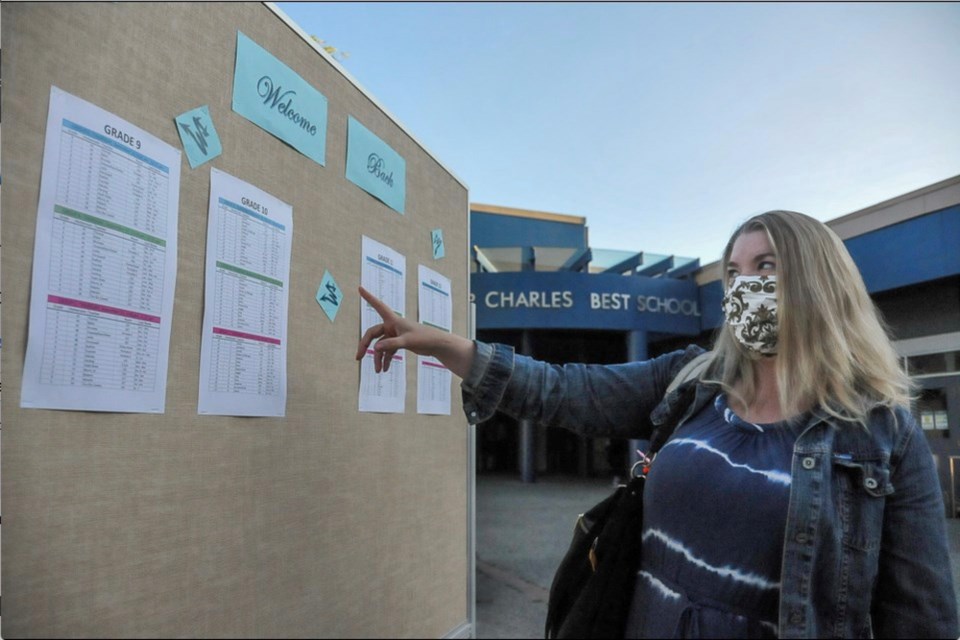Fraser Health is once again changing how it notifies parents and staff of a COVID-19 school exposure, moving to a single notification letter at a time when active investigations into COVID-19 exposure events have soared to 32 across Coquitlam, Port Coquitlam and Port Moody.
Previously, the health authority provided three notification letters and a school bulletin. Under the new regime, public health will also follow up with a self-monitoring or self-isolation letter for those thought to be exposed or infected with the coronavirus.
“These changes are a direct result of feedback received from the community,” wrote School District 43 superintendent Patricia Gartland in a Feb. 19 letter to parents.
Gartland said the new process is designed to speed up response time and accuracy of notifications, while curtailing the number of emails sent to families and staff.
HOW WILL IT WORK?
If a positive COVID-19 case is found to have been at a school while infectious, a letter will be sent to parents and staff.
“If the case is linked to one or more classes, a self-monitoring letter will be issued to the affected classes,” wrote Gartland.
As contact tracing progresses, self-isolation and self-monitoring letters will be issued as required, with the whole contact-management process expected to be completed within 48 hours.
WHAT WILL THE LETTERS TELL ME?
In the event of a COVID-19 exposure event, families may receive one of three letters:
Notification letter: general bulletin that someone with COVID-19 has been in the school during their infectious period. This does not mean that you or a family member has been exposed.
Self-monitoring letter: you or someone in your family is in the same class or cohort with the potentially infectious person. Exercise heightened awareness when completing daily health checks and closely monitor for symptoms. However, if symptoms do not develop you can continue to attend school.
Self-isolation letter: you are at a higher risk due to “proximity to a case or the nature of the exposure.” If you receive this letter, you must self-isolate at home, according to the superintendent.




